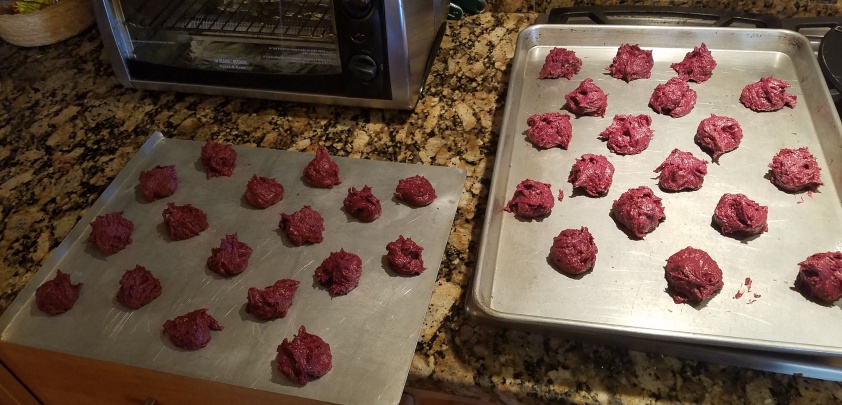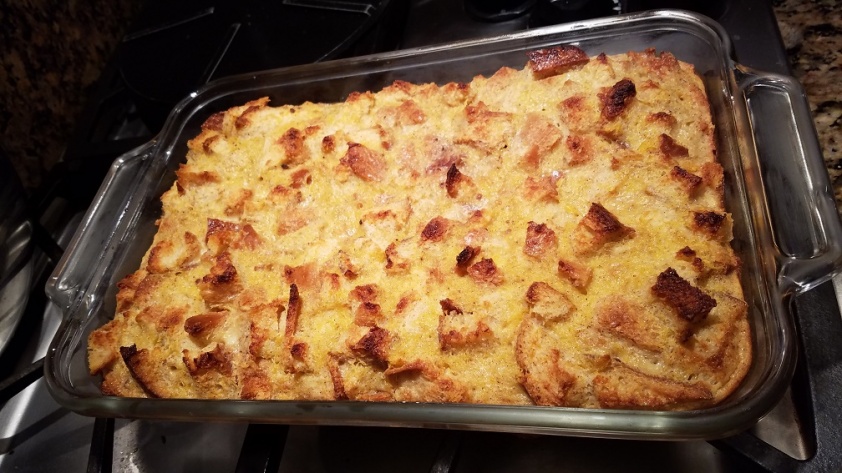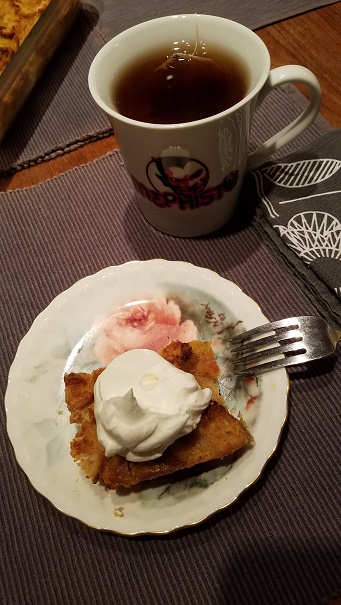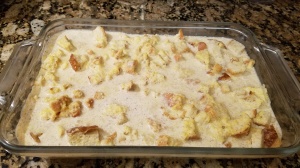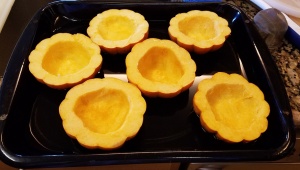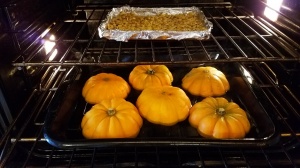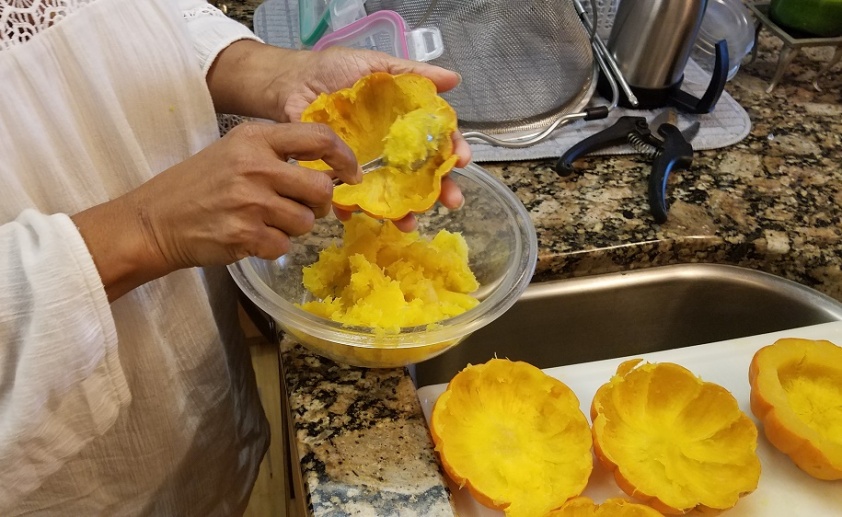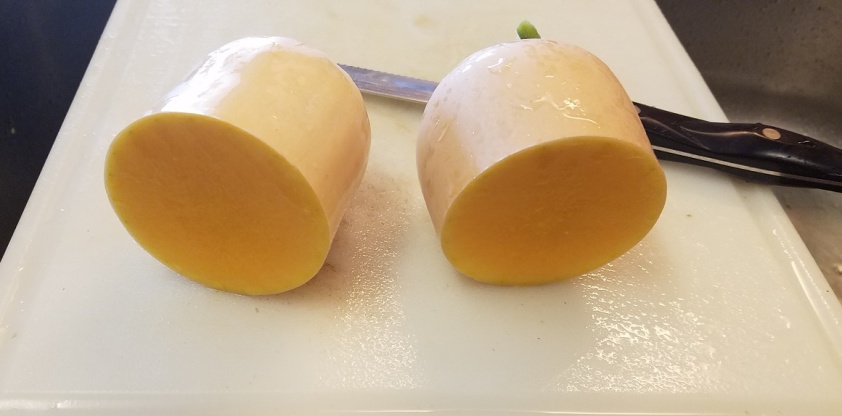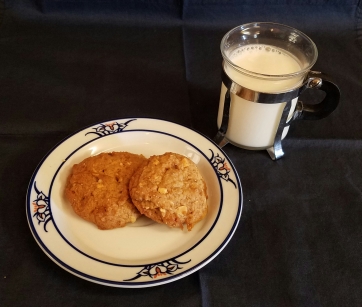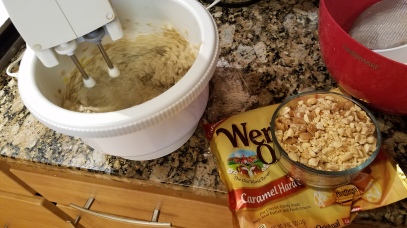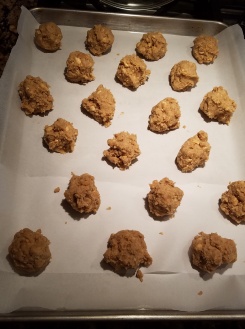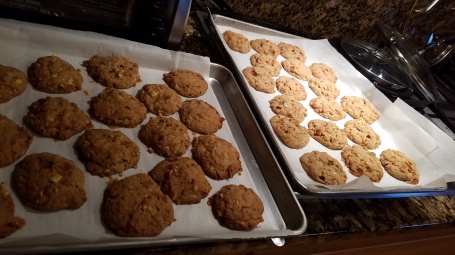When we were growing up we rarely ate out at restaurants. There were many reasons for this. We often lived in rural areas miles from towns and with no restaurants nearby; we weren’t terribly rich; but most important of all, my mother was an amazing and creative cook who could make any prepared foods we purchased, much better at home.
This was long before the days of the internet and recipes usually came out of women’s magazines. I don’t remember my mother clipping recipes and don’t think my mother had eaten at any non-Indian restaurant till her early middle-age. But she had this amazing capacity for presenting a beautiful and delicious version of any dish she had heard or read about. Sweet and sour pork. Pasta dishes. Donuts. Bread pudding. Trifle. You name it.
Living so far from big cities, we also didn’t have a lot of the ingredients that exotic dishes called for, but my mother had improvisation down to a fine art. She was endlessly creative in what she fed us and put on the dinner table. And I was amazed as I grew up and began to travel to realize how authentic her flavors were.
My sisters and I often ask my mother for recipes and we have a standing joke among us that she will always withhold a key ingredient so no one can make a dish as well as she can. But I realize the problem is not that she doesn’t tell us all the ingredients, but it’s that people who don’t use written recipes depend on their intuition, smell, sight and taste when cooking, as well as making adjustments as they go along.
I too, tend to be a creative cook, and love to experiment with new recipes. When I eat something new and interesting, I must try to recreate it. If I eat something, and don’t like it, I’ll try to find a way to make it better. And I also endlessly create new recipes.
Caramel Custard was one dessert my mother made very regularly, and alternated it with another version that is like a bread pudding. We had these desserts at least once a month as we were growing up, and for me are a big nostalgia inducer.
When I first moved to the US in the early 1980’s, I remember calling my mother and asking her for her bread pudding recipe. I didn’t really like the bread-y American version. Here is what she said. “One cup milk. One egg. One slice of bread. Sugar. And a pinch of salt.” Then she added, “If you don’t use bread, use 2 eggs, and adjust everything to taste.”
I went on to make Caramel Custard one of my favorite and signature dishes. I discovered also over the years that there is a Mexican version called “flan”.
One adjustment I made to my mother’s Bread Pudding/Caramel Custard recipe, was to make a version with orange juice instead of milk. I had been fascinated by the big jugs of real orange juice that were in every American grocery store, and would enthusiastically buy them, and look for ways to use them up.
This Orange Flan or Orange Caramel Custard is one my favorite inventions from almost 30 years ago. It is light and delicious, and I usually make individual flans so they are a small and refreshing dessert. This is also really easy to prepare as I never bother separating yolks or all those other steps that custards call for. Just mix it all up. 😊
So, as I say to my own daughter and son-in-law (and anyone else who uses one of my recipes), use my recipe, but “Adjust to taste.” **

Jayanti’s Orange Flan (Orange Caramel Custard)
Makes 6-8 small flans or one large flan.
For the Caramel
1/3 cup granulated white sugar
1 tsp unsalted butter
Place the sugar in a heavy bottomed pan over low heat, gently shaking the pan until the sugar is melted and turning light brown. Turn off the heat and divide the caramel into the 6-oz oven-safe bowls or a 6-cup baking dish.
Let it cool for 10 minutes. The caramel should harden. Gently butter the baking dishes. Don’t worry if the caramel cracks. Set aside.
Ingredients for the flan/custard
2 cups pulp-free, unsweetened orange juice
4 eggs
A pinch of salt
½ cup sugar (or adjust to taste)
I inch cube ginger grated and juice separated from the fiber through a tea strainer (or ½ tsp powdered cinnamon)
A pinch of cayenne pepper (optional)
Preheat the oven to 350°F.
Take a large oven-safe pan that is at least 1½ inches deep and that can accommodate the ramekins or the baking dish, and fill it with ½ inch of water. Set aside.
Beat the eggs well with the sugar.
Add the orange juice, pinch of salt, ginger juice (or cinnamon), and cayenne pepper (if used).
Blend well and divide between the prepared bowls/ramekins or baking dish.
Carefully place the flan dishes in the water and move into the pre-heated oven.
Bake for 25-30 minutes.
Check the flan after 25 minutes. Custard should shake a little but be set.
Take the flans out of the oven. Cool to room temperature and then refrigerate covered for at least 3 hours.
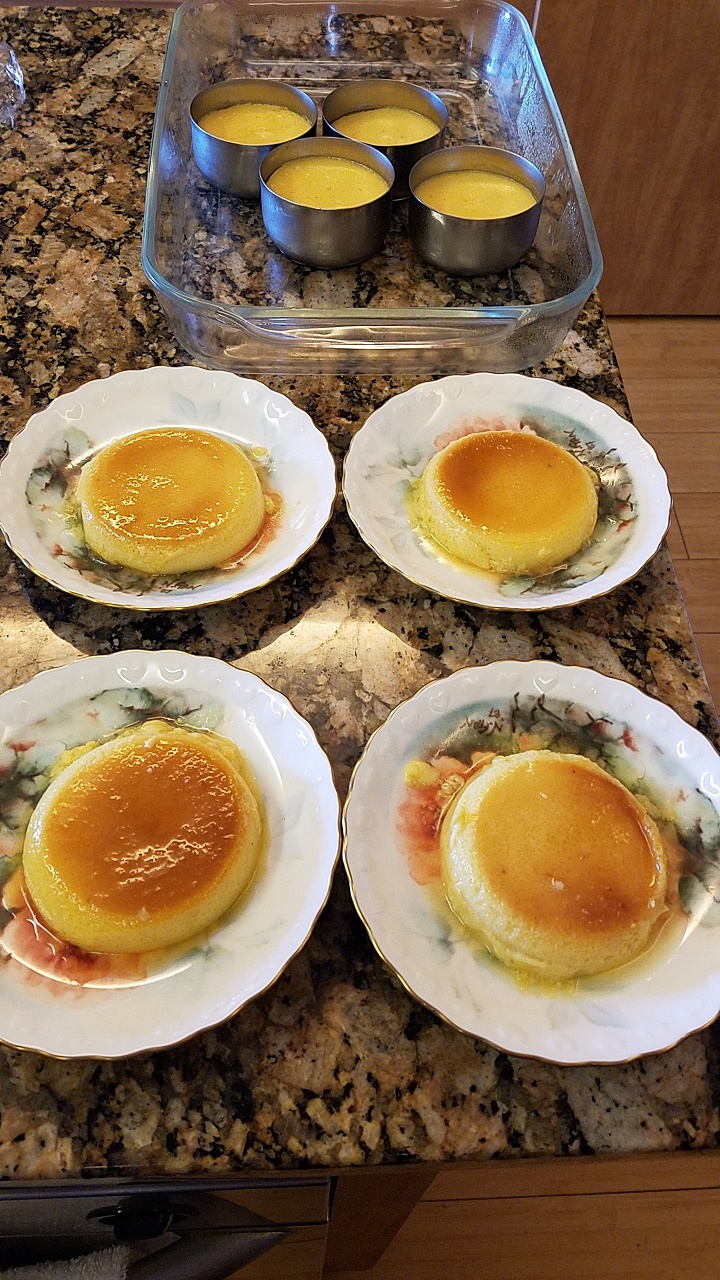
To unmold, run a sharp knife along the wall of the dish. Tap gently so the flan shakes loose, place a serving plate/bowl on top of the dish and invert quickly. The flan should slide out easily.
You don’t need to add any topping, but if you must, crème fraiche goes well with it.
Enjoy!
**Also, please credit me/my blog if you reference this recipe in your own work.




